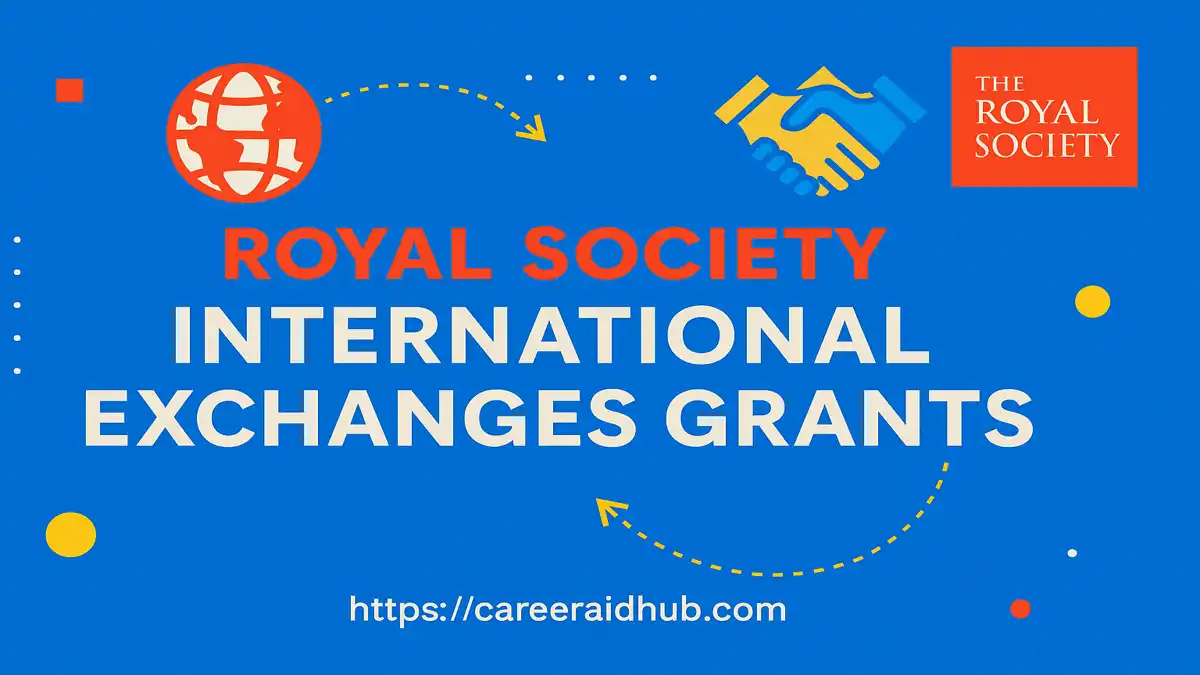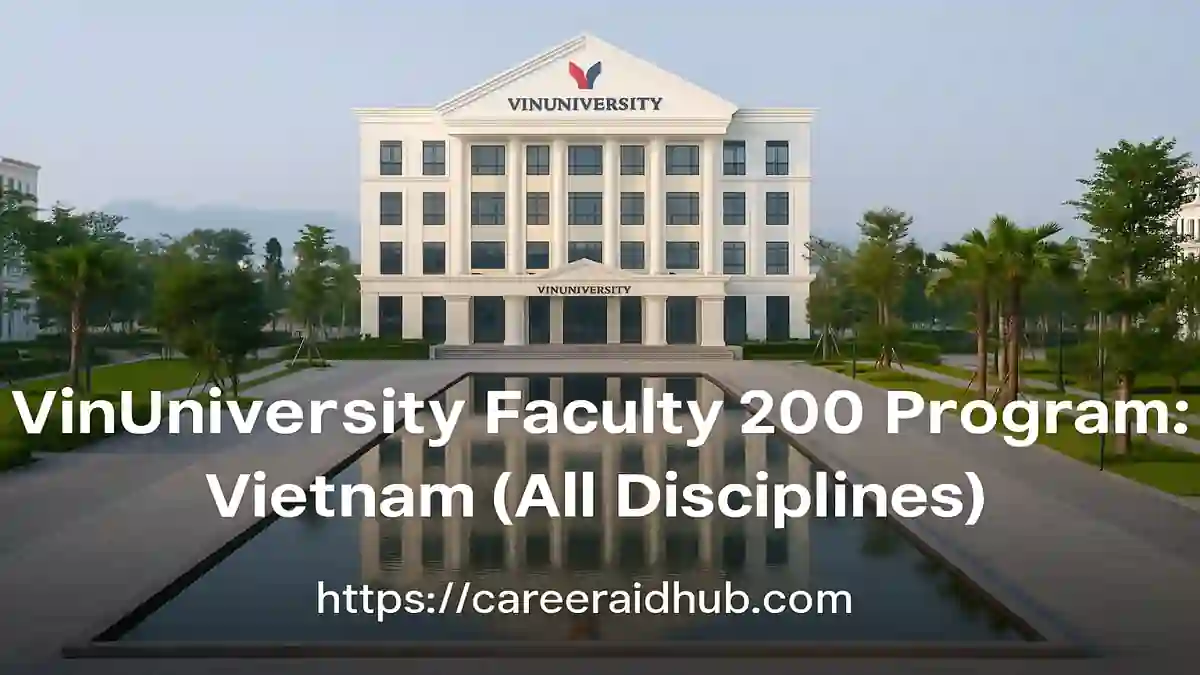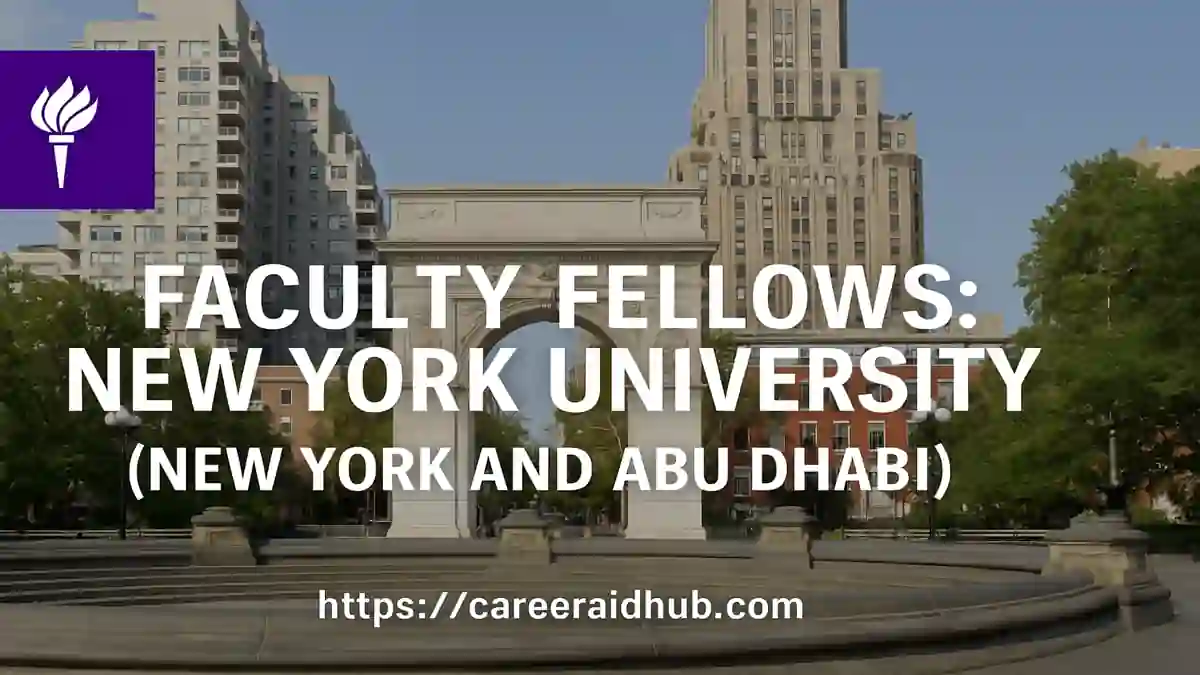Introduction: What the International Exchanges scheme enables
The Royal Society’s International Exchanges scheme gives UK‑based scientists targeted support to start or strengthen research links with leading overseas partners. Funding covers short, exploratory visits or a structured series of bilateral visits and modest research costs, creating a springboard for larger joint awards later. Applications run in Global rounds and Cost Share rounds aligned with partner funders.
Build a new global collaboration with targeted seed funding. The Royal Society’s International Exchanges grants support UK researchers to visit overseas partners, test ideas, and lay foundations for future joint projects—through flexible global and cost‑share rounds, modest research costs, and clear, panel‑reviewed application pathways.
Purpose & scope: seed funding for new international collaboration
Why this scheme exists
Many transformative collaborations begin with a visit, a pilot, or a shared dataset. International Exchanges provides small, time‑bound awards to help research teams:
-
- establish contact where none exists;
- generate feasibility data or prototypes;
- explore complementary methods and infrastructure;
- plan future joint proposals to UK and international funders.
What the scheme does not fund
To preserve the “new link” focus, projects that simply continue an existing collaboration or replicate a former supervisor–student relationship are not the target. The emphasis is on novel partnerships with clear mutual benefit.
Scheme structure: Global vs Cost Share (choose the
right path)
Global rounds (open worldwide)
Global rounds support collaborations with researchers in any country outside the UK. Funding choices are designed around your collaboration plan:
-
- One‑off visit (up to 3 months).
- Multiple visits over one year (with a capped research‑cost component).
- Multiple visits over two years (with a slightly larger research‑cost component).
How to pick a duration: If you need to scope a facility, meet a potential co‑PI, and design a pilot, a single visit can suffice. If you intend shared data collection, co‑supervised work, or reciprocal workshops, a multi‑visit plan usually fits better.
Cost Share rounds (co‑funded with partner agencies)
Cost Share rounds pair the Royal Society with an overseas funding body. The Royal Society funds the UK side, while the partner funds the overseas side. Typical partners include national academies or research councils (for example, JSPS in Japan, CNR in Italy, NSFC in China, and NSTC in Taiwan).
-
- Each side contributes comparable amounts to enable travel and subsistence for visits in both directions.
- Both applicants normally submit parallel applications: the UK PI to the Royal Society; the overseas PI to the partner funder.
When to use Cost Share: Choose this route if a partner country is covered by an active cost‑share agreement and you need balanced mobility and
Eligibility: applicants, institutions, and disciplines
Applicant requirements
-
- Lead applicants must be UK‑based researchers with a PhD (or equivalent experience) and a contract (fixed‑term or open‑ended) that covers the entire award period.
- Overseas co‑applicants must hold equivalent status at a recognised institution.
- Both sides demonstrate capacity to deliver the planned activities.
Disciplinary scope
International Exchanges supports the natural sciences broadly—e.g., biology, chemistry, engineering, earth sciences, mathematics, and physics. Projects centred on clinical practice, humanities, or social sciences are typically out of scope, unless the Royal Society states otherwise for a particular call.
New‑link requirement
Proposals should evidence little or no prior collaboration between the teams. Cite distinct, complementary strengths and explain how the partnership creates added value beyond what either group could achieve alone.
What the grant covers (and what it doesn’t)
Eligible costs (typical)
-
- Travel and subsistence for visiting researchers (UK ↔ overseas).
- Modest research consumables directly tied to the visit(s)—for example, essential reagents, data access charges, or field costs.
- Visas and essential administrative fees linked to the visit(s).
Common exclusions
- Salaries, major equipment, institutional overheads, conference registration fees, publication charges, orunrelated third‑country travel are not normally eligible.
Budgeting tip: Map each visit to specific outputs—pilot data, shared protocol, instrument training, or joint workshop—then justify only the minimal costs required to deliver those outputs.
Application timeline & planning cadence (months only)
Typical pattern across the year
Most years are split into up to three rounds:
-
- Round One (Global): opens January, closes March, with decisions around June.
- Round Two (Global & Cost Share): opens April, closes June, with decisions around October.
- Round Three (Global & certain Cost Share calls): opens July, closes September, with decisions the following spring.
Next cycle outlook (months only)
Expect a similar seasonal pattern next year—winter, spring, and late‑summer calls—with decisions following in spring or autumn depending on the round; we will update soon.
Internal readiness: Departments often run internal review windows a few weeks before each call closes. Confirm internal cut‑offs early.
How to apply: steps, documents, and Flexi‑Grant tips
Step‑by‑step pathway
-
- Define the collaboration: agree aims, activities, visits, and outputs.
- Check fit: confirm your discipline, career stage, and employment status meet scheme rules.
- Gather documents: CVs, publication lists, institutional approvals, and a clear casefor support with a visit schedule.
- Upload to Flexi‑Grant: complete every section; match your subject tags to the precise sub‑discipline so the right reviewers see it.
- Submit and monitor: ensure both sides meet any parallel submission requirements in Cost Share rounds.
Writing the case for support (H3)
-
- Make the novelty explicit: what unique combination of expertise or infrastructure makes the joint work timely?
- Describe the plan: outline work packages or visit phases with dates and responsibilities.
- Be realistic: add risk controls (e.g., if a field season slips, move training online and re‑sequence data tasks).
- Point to the future: name follow‑on funders and calls you will target together.
How proposals are assessed: panel perspective & selection criteria
Assessment flow
Applications undergo eligibility checks, then peer review by subject specialists. A panel—guided by a chair—considers reviews, balances across disciplines/countries, and agrees a final list.
What reviewers look for
-
- Scientific quality and clarity of objectives.
- Genuine new link and mutual benefit to both teams.
- Feasible plan with proportionate costs and a credible timetable.
- Potential to lead to larger awards, co‑supervision, or community‑level outcomes.
Subject tags matter: Precise tagging improves your chance of being reviewed by someone who understands your niche methods or field sites.
Equity, diversity, inclusion & accessibility (practical guidance)
Inclusive access to opportunity
The Society supports requests for reasonable adjustments—for example, deadline accommodations, alternate formats, or assistance with portal access. Where justified, applicants may budget for accessibility‑related costs tied to the visit activities.
Team culture & integrity
Strengthen your case by describing inclusive recruitment for short‑term research assistants, equitable authorship practices, and an open‑science plan for any pilot outputs (e.g., protocols, small datasets).
Strategy clinic: how to increase your chance of success
-
- Shape a compelling “new link” story: Show non‑overlapping strengths—equipment, datasets, field access, or analysis skills—that combine to answer a question neither side can resolve alone.
- Match the route to the goal: If you need two‑way training and regular lab access, choose Cost Share. If you’re scoping a facility or co‑designing a pilot, a Global one‑off or one‑year plan is efficient.
- Build a measurable visit plan: Tie each visit to specific deliverables: sample prep, code sprint, co‑authored abstract, or a shared SOP. Add brief milestones and success indicators.
- Budget lean, justify clearly: Panels favour value for money. Explain why each flight, train leg, or consumable is essential—and avoid padding.
- Prepare early with checklists:
- Confirm visa needs and security training.
- Tentatively block lab time or instrument slots at both institutions.
- Draft a data‑sharing note (privacy, IP, licensing) before travel.
Maintenance & monitoring: keep the content—and your plan—fresh
Review & update schedule (for this guide)
-
- Quarterly reviews: September, December, March, June.
- Rapid refresh: Within five working days of any official scheme update.
- Next planned audit: September—we will confirm month‑only windows for the next cycle and note any changes in partner cost‑share calls.
After award: measuring momentum
Track post‑award outputs that strengthen future bids: preprints, data notes, shared software, joint studentships, or co‑authored conference papers. These quick wins help your collaboration graduate to larger bilateral or multilateral funding.
Program Quick Reference
|
Feature |
Details |
|
Program Name |
Royal Society International Exchanges |
|
Host Country |
United Kingdom (bilateral visits with partners overseas) |
|
Funded By |
The Royal Society |
|
Duration |
One‑off visit (up to 3 months) or multiple visits over 1–2 years |
|
Study Mode |
Short‑term bilateral research visits; collaboration‑focused |
|
Eligibility |
UK‑based PhD or equivalent; overseas co‑applicant at recognised institution; new link between teams |
|
Financial Support |
Travel, subsistence, and modest research costs; Cost Share rounds provide comparable overseas funding via partner |
|
Fields of Study |
Natural sciences (e.g., biology, chemistry, engineering, maths, physics) |
|
Deadline |
Rounds typically open January, April, July with closures March, June, September; we will update soon |
|
Official Website |
Conclusion: turn a conversation into a collaboration
International Exchanges grants give you time‑boxed resources to test a partnership, generate pilot results, and position for larger calls—while keeping travel and consumables proportionate. If your research case is timely, your plan is realistic, and your partnership clearly complementary, start shaping a month‑specific visit schedule now and prepare your Flexi‑Grant submission.
References:
- International Exchanges Scheme Notes (Global/round guidance PDF): https://royalsociety.org/-/media/grants/international-exchanges/international-exchanges-global-scheme-notes.pdf
Frequently Asked Questions (FAQs)
It is a funding program supporting UK-based scientists to collaborate with international researchers through short-term or multi-visit exchanges in the natural sciences.
UK-based researchers holding a PhD or equivalent research experience, with eligible institutional contracts, can apply with an international co-applicant.
The program funds research in natural sciences, including biology, chemistry, mathematics, engineering, and physics, but excludes clinical, social science, and humanities projects.
Researchers can receive between £3,000 and £12,000, depending on the duration, visit type, and whether it is a cost-share partnership.
Global rounds fund collaborations with any country, while cost-share rounds match Royal Society funding with partner organizations for deeper, multi-year projects.
Applications are accepted in three annual rounds, typically opening in January, April, and July, with varying decision timelines.
The grant covers travel, subsistence, and limited research consumables but excludes salaries, overheads, conference fees, and large equipment purchases.
No. Collaborations with former PhD supervisors or previous project partners are not eligible for funding.
Applications must be submitted online through the Royal Society’s Flexi-Grant system, following the official application guidelines.
A strong application clearly defines the novelty, mutual benefits, feasibility, and long-term potential of the proposed collaboration.
Premium Mentorship for a Stronger Application
- Premium Mentorship: personalised 1:1 guidance for this and similar opportunities
- In-depth review of your CV, academic profile, and key statements
- Aligned with international selection criteria so your profile matches what panels expect
- Stronger, more compelling narrative for highly competitive calls
- Step-by-step support from opportunity mapping to final submission (fee-based)










